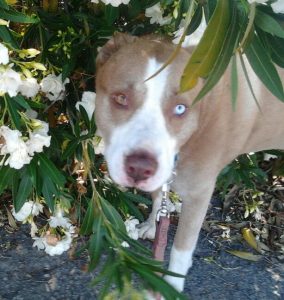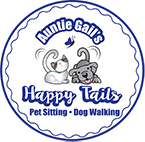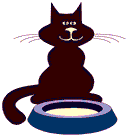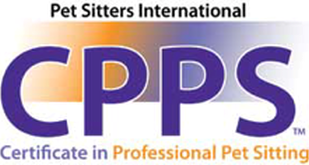 DogWalking- Limps and Hops
DogWalking- Limps and Hops
By
Gail J. Carlson
When was the last time someone was so overjoyed to see you, so brining with love and attention, that they literally ran to greet you? A dog will do that for you, ten, twenty, thirty times a day. Love is having your dog come running up to you and into your arms every single time you come home with a huge happy tail and a hug paw. It is a love which goes directly into your heart, from the pint size to the extra-large breed of dog regardless. As a professional pet sitter of ten years my heart is full for all sizes of pets.
When a loved one hurts it hurts us. Like with a human child when our fur baby is in pain or injured most of us want to take care of them, at all costs. We hate to see them in pain or suffering. We ask why are they hopping on their back leg? Why are they limping and using only three legs? What did I do to make this happen? Sometime accidents just happen and we have to actively deal with them as I have recently with my own dog.
The most common injuries that occur causing a limp or hop is one of two conditions. One is a torn CCL (canine crucial ligament), most common with larger dogs. The other is patellar luxation occurs when the dog’s kneecap (patella) is dislocated from its normal anatomic position in the groove of the thigh bone (femur), which occurs most often with tiny and small dogs. As your pet sitter and dog walker I often check over your dog to see how they are walking, if they are limping, how do the feel in terms of comfort.
Most veterinarians diagnose the condition and recommend surgery which is very expensive, invasive to your dog, not to mention the therapy and rehabilitation post-op. The TPLO (Tibial Plateau Leveling Osteotomy) surgery has become one of the most popular orthopedic surgeries performed on dogs who have torn their CCL, also commonly referred to as the dog acl. Developed by Dr. Barclay Slocum, the TPLO surgery it first was considered a radical procedure for addressing canine ACL injuries. There is so much to research and life keeps going, you have to make choices and it is very complicated.
You can join Facebook groups to help you navigate through the data from other people that have had similar experiences with their pets. You can look online and find so many different approach to dealing with these kinds of soft tissue injuries. People looking for alternative medicine or treatment for their dogs recovery use what is called “conservative management” (CM).
CM is a non-surgical option for dealing with cruciate ligament (CCL) injuries in dogs. CM is a very general term which includes the use of rest, supplementation, a “golden mix” added to each meal, anti-inflammatory medication, weight control, red light therapy, physical therapy, bracing/assistance devices as a method of addressing a torn cruciate ligament in your dog. There is so much to consider including numerous companies that manufacture braces for dogs with many soft tissue conditions.
Limps and hops are signs we cannot ignore with our own body or with our pets. Please do your research and make the most educated choice for your pets. Regarding our pets it is very hard depending on how damaged your pets injury is and what their level of pain is. My choice for now is to do CM. If the conservative, less invasive approach does not lead to improvement with my BFF I will alter this path but for now we are taking it the less invasive route.










